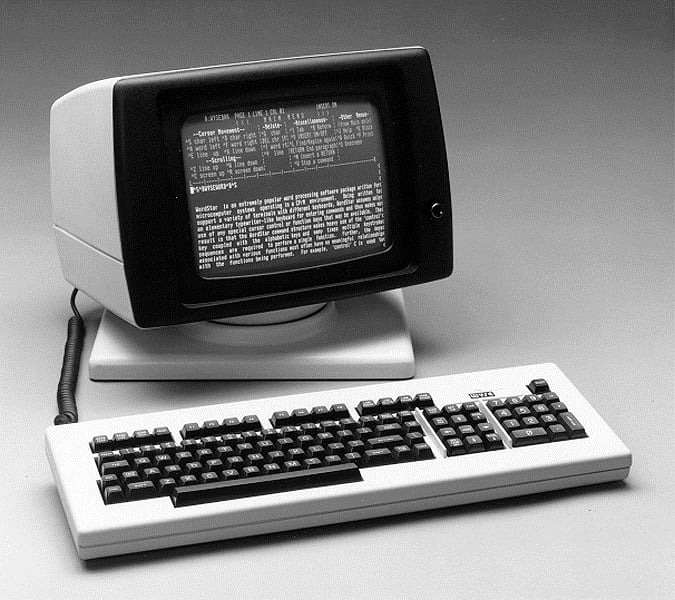Computers need programming languages to function. That’s just a simple fact of life. However, these languages didn’t just spring up out of nowhere. They were developed by people for explicit purposes. So, with that in mind, let’s take a trip through history to the modern day to see how programming languages have evolved.
The First Programming Language

Long before electrically controlled computers were available, there was Charles Babbage’s Analytical Engine. The engine itself is basic compared to the machines of today, but it still allowed for computation and tabulation of numbers well above the means of the day.
Ada Lovelace developed the very first programming language, which was unnamed going by sources I’ve searched on the subject. However, it might surprise many of our readers to learn that programming computers started as far back as the 1840s, well before light bulbs were a common installation in homes around the world.
Paradigms Take Hold

The 1940s saw the development of Assembly, a bare metal language intended for directly communicating with computer components. Assembly is still in use today, but there was a definite need for something far less intellectually taxing. While it is one of the most universal programming languages to be found, Assembly requires programmers to manage every aspect of performance.
The 1940s and 1950s saw the first murmurs of high-level compiled languages. Precursors like Plankakul and Autocode were steps in the right direction but never saw functional implementations in the mainstream. That honor would go to FORTRAN, introduced in 1954 by computing pioneer IBM.
FORTRAN and its successors like COBOL still have use in the modern era, mainly for maintaining ancient databases in use. However, the world has largely moved on.
The Modern Era’s Forerunner

The 1970s is where we see the shape of modern programming languages starting to take hold. Languages like C, SQL, and Pascal were introduced. While SQL is not a traditional programming language by any means, it serves as an instrumental part of databases even today.
The 70s also saw a shift in the paradigm of how programming was taught. This is where we see the first murmurs of structured programming. Some languages rely on routines like goto, which enforces bad habits. The debate itself would rage throughout most of the decade, but it laid the groundwork for the coming years.
Robust Functionality

The 1980s saw two notable programming languages, C++ and Objective-C, among others like Lisp, Ada, and MATLAB. If you recognize these, it’s for good reason. Both are based upon C but with additions like classes and objects. The microcomputer revolution of the era also introduced many budding coders to the likes of BASIC.
BASIC lacks more rich functionality, but for a kid just getting to grips with a second-hand IBM PC, it was more than enough to create simple programs and games to show off to friends. The 1980s also pushed forward the notion of RISC, or reduced instruction set computers. This combined with technological advancements in hardware led to a boom of new languages in the following decade.
Programming languages would step forward once more in the 1990s, with high-level languages like Python, Lua, R, Ruby, and Javascript all coming to the fore. Many of these serve as the backbone of the modern web today. Others are in heavy use in data analysis and mathematical processing.
Modern Innovation

From the 2000s onward, we see a notable shift in how programming languages are developed. New languages are developed all the time, either as a hobby or to fit the needs of an organization. Computing speed was flying upward all the time, with new advances in hardware effectively doubling the speed on an annual basis.
Tech companies like Microsoft would introduce more robust languages like C#. We have similar introductions like Go from Google, Rust by the Mozilla Foundation, and Swift from Apple.
Further, programming languages are forced to adapt to the rise and proliferation of mobile devices. Apps are big business, as any mobile phone owner will attest. Naturally, programming languages designed to make the most of these platforms like Java, Dart, and Swift were readily adopted.
Conclusion
The history of programming languages is a rich subject, especially for anyone with a passing interest in technology. While we can certainly sit down and list off specs ad nauseam, it is important to remember that with coding, these computers would be little more than glorified calculators handling basic instructions.
The image featured at the top of this post is ©Mr. Kosal/Shutterstock.com.

